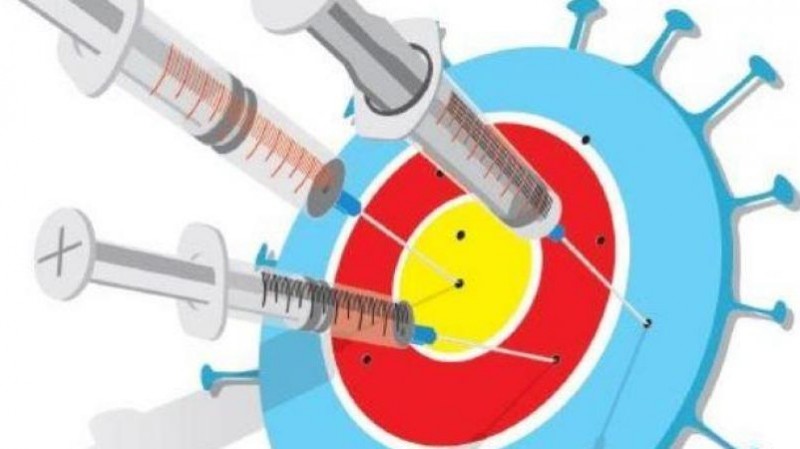
By Jacob Peenikaparambil - It is said that every crisis is also an opportunity for searching creative ways. While the second wave of Cornavirus is shattering India’s healthcare system mainly because of the sheer enormity of the spread, some individuals and institutions have come up with creative initiatives. The World Health Organization (WHO) Director Tedros Adhanom Ghebreyesus had made a very pertinent statement in April 2020 regarding Covid 19. “COVID 19 is taking away from us so much. But it is also giving us something, an opportunity to come together as one humanity to work together, to learn together and to grow together.” Along with working together, we need to learn from each other to defeat the deadly virus and we have examples within India and from abroad.
The big and small cities in India can learn from the appraoch of Mumbai, the commercial capital of India in tackling the rising curve. As per the media reports, since the second wave of Covid-19 began in February, Mumbai’s success in flattening the curve is being attributed to a timely lockdown, aggressive testing and effective triaging system. According to the figures released by the Brihanmumbai Municipal Corporation (BMC) on 30th April, the city has been recording less than 4,000 daily cases in the last week after touching the highest single day fresh cases on April 3. What others can learn from BMC?
First of all, when the cases declined to 300-400 BMC did not dismantle makeshift jumbo facilities created during the first wave. As a result they could revive them easily when the cases increased exponentially. Many states in India dismantled the additional facilities they had created when there was lull in the spread of Covid 19. Secondly, the BMC ramped up beds by adding 3000 beds more in order to ease the pressure on the private hospitals.
The most creative approach is establishing BMC’s 24 ward-level war rooms for bed management in hospitals. This has helped in setting up one of the most effective triaging system in the country, ensuring systematic allotment of beds and preventing people from running from one hospital to another, as was the case during the first wave.
All 24 wards have war rooms with ward officers, who are given power equivalent to the municipal commissioner. After the civic body receives a report from the labs, the concerned ward war room informs the patient. Depending upon symptoms, the person is either asked to undergo home quarantine or a team is sent to home to take the patient to a quarantine centre or hospital. The BMC has set up 10 inspection teams and has arranged ambulances for each ward to facilitate examination of those testing positive and seeking hospitalisation. As a result the patients need not run from one hospital to another in search of beds, as it is happening in many other cities. Along with successful triaging the BMC was ramping up testing facilities in the city. By March 1, BMC was conducting about 20,000 daily tests. The number increased at the end of March to about 40,000 tests.
India is facing a health emergency when nearly 4 lakh people are infected every day with Coronavirus and more than 3000 people are dying daily, and there is an acute shortage of hospital beds, medical oxygen and essential medicines. At this juncture, we need to replicate any successful initiative or method adopted in any part of India and the world in order to ameliorate the sufferings of people, to prevent death, and drastically reduce the spread of the pandemic. Let the administrators in different parts of India replicate with the needed modifications the successful triage system adopted by the BMC.
Read More articles: